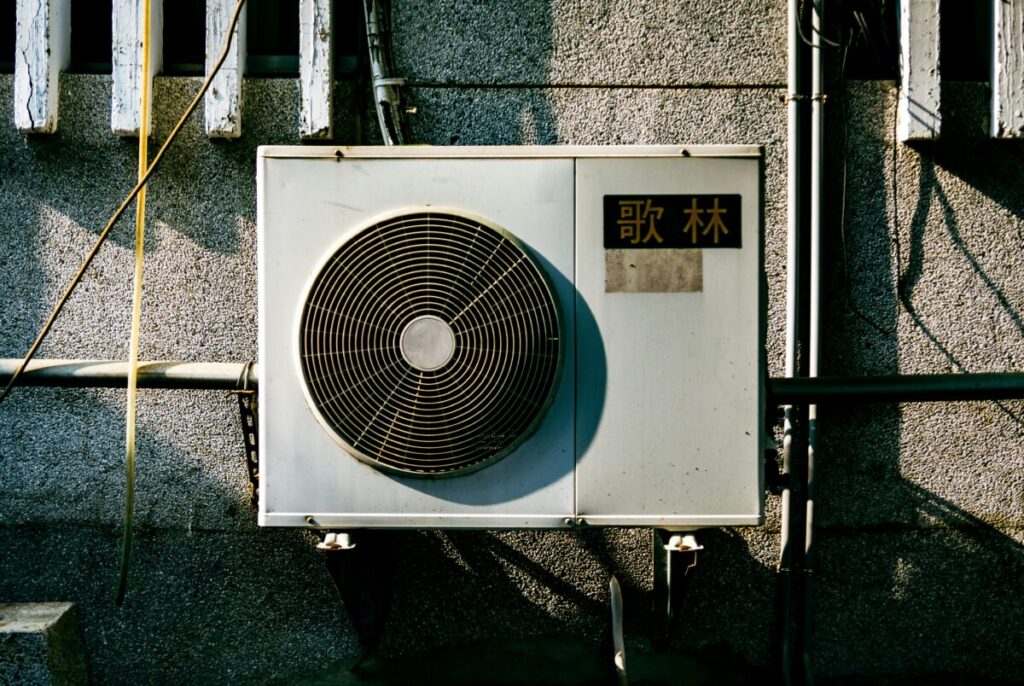Researchers in China have developed a new methodology to improve the performance of heat pumps with solar energy to the air. The proposed approach is said to increase the energy -efficiency of optimized building systems by 18%, with solar energy possibly reducing their carbon content by 37.78%.
A group of researchers from the Chinese Beijing University of Civil Engineering and Architecture has devised a new one Control strategy for variable water temperature and variable flow in PV-driven heat pumps with the aim of increasing Energy saving and system performance.
“We investigated the variable water temperature and variable flow rate of air heat heat pumps (ASHPs) coupled to solar energy, including the clutch mode of Zonne -PV and Ashp’s, and the control optimization method of Ashp’s,” Wu said, told the assisted PV -Magazine. “The study was conducted in laboratory buildings to determine the impact of energy saving, carbon reduction and coupling system performance.”
Their analysis considered an ASHP system consisting of the ASHP unit, a heat storage tank and an end -air conditioning box. Water circulates from the heat storage tank to the ASHP for heating or cooling and the treated water is then returned to the heat kank tank for later use. If necessary, the treated water is sent via a water pump to the Eind air conditioner for room heating or cooling. In a further step, the cooled or heated water is sent to the storage tank and forced back by the ASHP for further treatment.
This system was then configured in three different designs: an optimized ASHP system with a constant water temperature variable electricity (CV-SHASP); an ASHP unit with a variable water temperature-constant current (VC-Sashp); And a system that integrates a variable temperature controller that consists of a temperature sensor, a water temperature sensor and a temperature regulator (VV-Sashp). The performance of the three systems were compared with those of a conventional ASHP system with a constant water temperature-constant current (CC-SHASP).
In the simulations, it was assumed that only the VV-Sashp worked with the support of photovoltaic energy, in which surplus force was exported to the schedule. During periods of low solar radiation, on the other hand, the system can use grid electricity.
The proposed control strategy was intended to be used mainly when the dynamic control of the air -conditioning system of the building is weak and the photovoltaic energy is used less. Moreover, it showed that the Cooling and heating capacity of the four systems is able to cover the cooling and heating tax requirements of construction rooms.
The simulations showed that The annual energy-saving efficiency of the CV-SHASP system is 12.00%, the VC-Sashp system is 13.11%and the VV-Sashp system is 24.13%. Moreover, the energy-saving efficiency of the VV-SHAKP system, respectively, was increased by 25.2 % and 20.6 % respectively in the cooling season and the heating season.
VV-Sashp system also appeared to have the highest seasonal energy efficiency ratio (seer), HEating seasonal factor (HSPF) and annual performance factor (APF), with values of 2.60, 3.65 and 2.99 respectively.
“In comparison with the VV-SHASP system, CV-SHASP system, VC-Sashp system and CC-Sashp system, the annual energy saving percentage of the VV-Sashp system based on the solar coupling is increased by 18.0 %, 28.4 %, 29.3 %and 37.8 %,” the further information is for the more information.
They emphasized that the proposed control strategy can help increase the energy -efficiency of optimized building systems by 18%, with solar energy possibly reducing their carbon content by 37.78%.
Their findings can be found in the study “ASHP system based on a photovoltaic coupling study for solar energy from a control strategy for variable water temperature and variable electricity“Which was recently published in the Journal of Building Engineering.
This content is protected by copyright and may not be reused. If you want to work with us and reuse part of our content, please contact: editors@pv-magazine.com.

